Modern Pumping Today interviewed our Vice President of Engineering, Nick Tallos, on the role thermal relief valves play in potable water systems.
MPT: What applications are the ThermOmegaTech range of thermal relief valves designed for?
Nick Tallos: The primary application we found for one of our valves, which is used as a thermal relief valve, is for domestic water supply booster pumps—so we’re not talking about chemical or processing pumping with this application; the focus is on potable water for buildings. And in this application, we discovered that the pumps need to be sized for the maximum demand, and they have to be run to maintain pressure throughout the building. In other words, you can’t shut it off…
MPT: How would you best describe the benefits of the ThermOmegaTech range of valves? What are your customers looking for?
Nick Tallos: We’ve had customers report that idling pumps can sometimes elevate water temperatures to what we’d consider standard for hot water taps or even scalding hot. So building managers are obviously concerned about someone in their building turning on what should be a cold water tap and unexpectedly getting hot water…
MPT: How important is customer feedback to your product offerings? What do you hear from your customers that you put into your products?
Nick Tallos: We hold customer feedback at a very high level, especially during product development. Over the years, we’ve learned that the customer wish list makes a pretty good place to start whenever we’re deciding which features should be included on a valve—whether it be pipe sizing, valve size, flow rate. There are so many applications where a self-operating valve link to temperature controls prove beneficial, even separate from pump relief, that we greatly value what our customers bring to the table…
To check out the full article visit Modern Pumping Today.

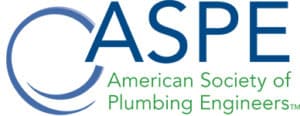
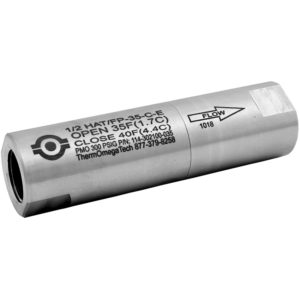 There are many ways to heat these pipes, but in extreme climates, one of the most effective methods is to apply glycol tracing. Since glycol does not freeze and doesn’t require any special handling in environments that need to be explosion-proof, it makes it an ideal solution.
There are many ways to heat these pipes, but in extreme climates, one of the most effective methods is to apply glycol tracing. Since glycol does not freeze and doesn’t require any special handling in environments that need to be explosion-proof, it makes it an ideal solution.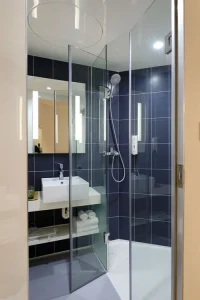
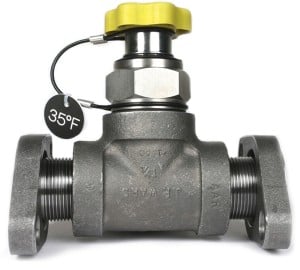 From the Bucks County Courier Times Success Through Diversity
From the Bucks County Courier Times Success Through Diversity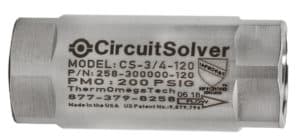
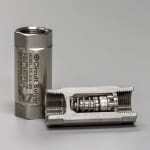 The
The  Recently, an employee at a chemical plant was accidentally exposed to a caustic solution that the plant was processing. He ran to the nearest safety shower in order to rinse the caustic off. Unfortunately, the safety shower was malfunctioning.
Recently, an employee at a chemical plant was accidentally exposed to a caustic solution that the plant was processing. He ran to the nearest safety shower in order to rinse the caustic off. Unfortunately, the safety shower was malfunctioning.